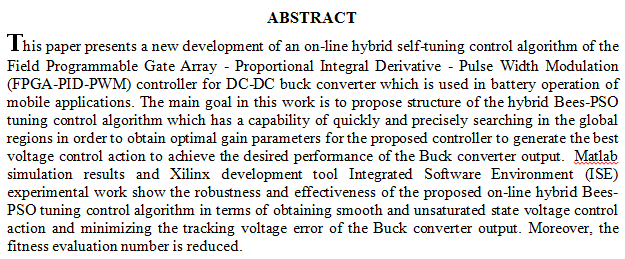
Biologically active natural compounds are molecules produced by plants or plant-related microbes, such as endophytes. Many of these metabolites have a wide range of antimicrobial activities and other pharmaceutical properties. This study aimed to evaluate (in vitro) the antifungal activities of the secondary metabolites obtained from Paecilomyces sp. against the pathogenic fungus Rhizoctonia solani. The endophytic fungus Paecilomyces was isolated from Moringa oleifera leaves and cultured on potato dextrose broth for the production of the fungal metabolites. The activity of Paecilomyces filtrate against the radial growth of Rhizoctonia solani was tested by mixing the filtrate with potato dextrose agar medium at concentrations of 15%,
... Show More (32)
(32)
 (24)
(24)
ABSTRACT
Two compounds were isolated from the fruit part of Rhus coriaria that grow wildly or cultivated in the north of Iraq. The compounds were separated by preparative high-Performance Liquid Chromatography and their structures were established based on detailed spectroscopic techniques like FTIR and LC-MS/MS.
Keywords: Rhus coriaria, Preparative HPLC, LC-MSMS, FTIR
 (12)
(12)
 (2)
(2)
 (4)
(4)
 (4)
(4)
 (12)
(12)
 (7)
(7)
Synthesis of 2-mercaptobenzothiazole (A1) is performed from the reaction of o-aminothiophenol and carbon disulfide CS2 in ethanol under basic condition. Compound (A1) is reacted with chloro acetyl chloride to give compound (A2). Hydrazide acid compound (A3) is obtained from the reaction of compound (A2) with hydrazine hydrate in ethanol under reflux in the presence of glacial acetic acid .The reaction of hydrazide acid compound (A3) with ethyl acetoacetate gives pyrazole compound (A4). The new hydrazone compound (A5) was prepared from the reaction of compound (A3) with benzaldehyde. Reaction of compound
... Show More (12)
(12)
 (2)
(2)
The aim of this research is to employ starch as a stabilizing and reducing agent in the production of CdS nanoparticles with less environmental risk, easy scaling, stability, economical feasibility, and suitability for large-scale production. Nanoparticles of CdS have been successfully produced by employing starch as a reducing agent in a simple green synthesis technique and then doped with Sn in certain proportions (1%, 2%, 3%, 4%, and 5%).According to the XRD data, the samples were crystallized in a hexagonal pattern, because the average crystal size of pure CdS is 5.6nm and fluctuates in response to the changes in doping concentration 1, 2, 3, 4, 5 %wt Sn, to become 4.8, 3.9, 11.5, 13.1, 9.3 nm respectively. An increase in crystal
... Show More (4)
(4)
 (1)
(1)
 (4)
(4)
 (4)
(4)
 (190)
(190)
 (183)
(183)
 (20)
(20)
 (9)
(9)
 (5)
(5)
 (3)
(3)
